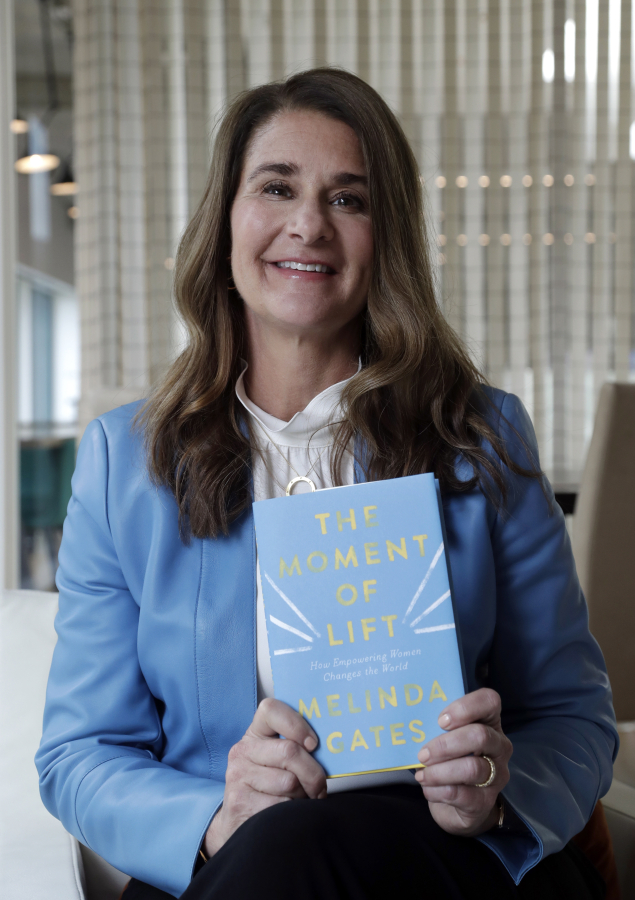When her book “The Moment of Lift: How Empowering Women Changes the World” came out in April 2019, Melinda Gates could not have imagined how important the ideas in it would become in the wake of the COVID-19 outbreak. The pandemic cast systemic inequities facing women and people of color into newly sharp relief, as parents struggled to manage both full-time child care and full-time work, and women of color left the workforce in staggering numbers.
Gates wrote the book in what feels more and more like a very different world, but the ideas she raises in it provide a practical road map for rebuilding when the pandemic is over — and responding to the problems it has amplified. Here’s what she had to say about gaining back the progress COVID-19 has stunted, through policies that acknowledge the needs of women and their families. (This conversation has been edited for length.)
One of the things you map out in the book is that women are often doubling up on paid and unpaid labor, and work environments are often unsupportive of working parents, and as the pandemic has progressed, we’ve only seen this exacerbated. What are some of the things that you would like to see happen on a policy level that would improve these disparities?
Since I wrote the original book in 2019, we thought we were on our way in terms of gender equality in the world, but the pandemic has absolutely set that back in country after country, and in our own country. I’m sure you saw the jobs report in December — of the 140,000 jobs lost, they were all women’s jobs, and the majority were women of color, and so women have lost a million more jobs in the United States than men have, and that’s really for two reasons. One, they are the ones who predominantly are in the low-wage jobs, those service jobs that have been shed from the economy with people not going out and getting the services they were using before.



